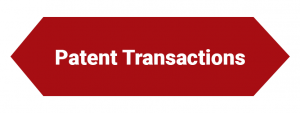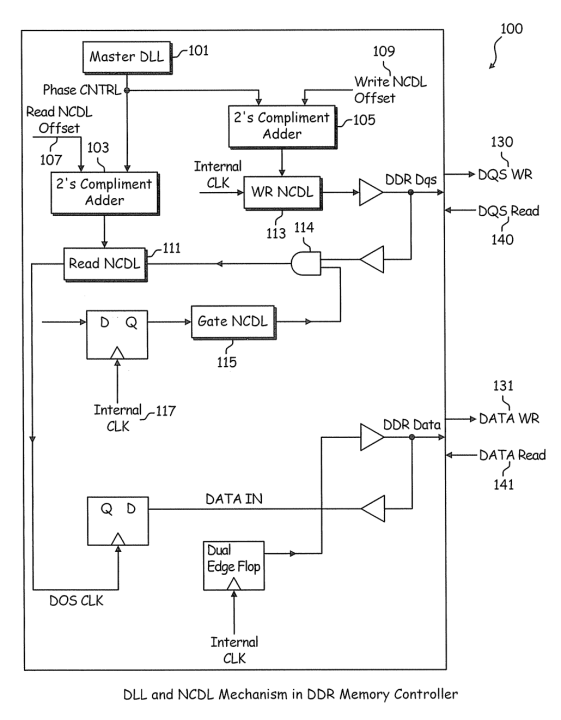For many businesses, R&D spend eats up a good chunk of resources. Board members, shareholders, and analysts constantly assess these costs to see if they are generating ROI in the long run. In many situations, this R&D culminates in the filing of a patent to cover any new innovations discovered (whether intentionally or not) along the way. Anyone familiar with patents knows it is by no means an inexpensive endeavor; filing fees to the USPTO alone can generate up to $7,500 in filing and maintenance fees, let alone any legal services needed to get there.
What happens when you jump through the hoops of filing a patent application and it doesn’t end up in use or a product is shelved indefinitely in favor of others? Is all that cost sunk?
This is where strategy becomes a critical aspect of your IP practices. Without a proper strategy, future income streams are lost and R&D spending will get cut in favor of more “obvious” income-generating arms of the business. Many rely heavily on research and analysis in the actual patent filing process (e.g. prior art searching, novelty, market saturation, etc.) yet few consider important measures such as the patent’s market value, transactions in the market, potential licensing partners, and royalty revenue. To say it better, researchers ignore vital information that would enhance and fill their gaps.
Key gaps that need to be filled to get a complete view of the IP ecosystem:
What are the agreements that are in place related to your technology? Who is actively entering into agreements and who are they partnering with? What types of compensation are included in the agreement?
Which patents are currently licensed? Who is licensing them? What are the terms under the licenses?
Who is acquiring patents? Where are they receiving them from? How many patents are being transacted?
Who is trademarking products related to a technology area? What goods and services are they covering with their trademark? How voluminous is their trademark activities in the technology space?







